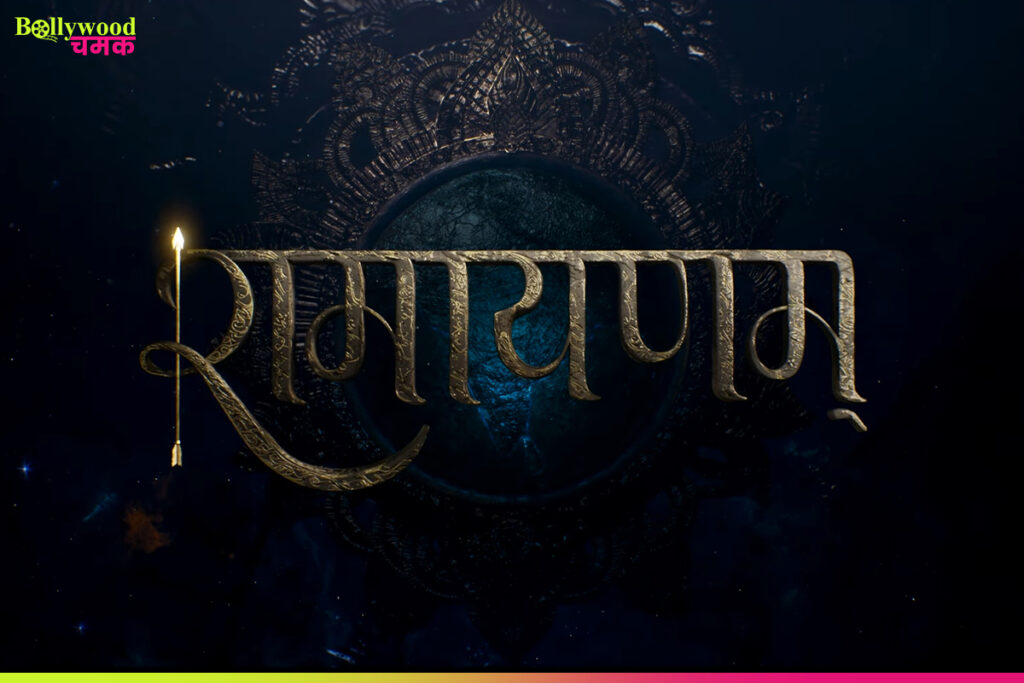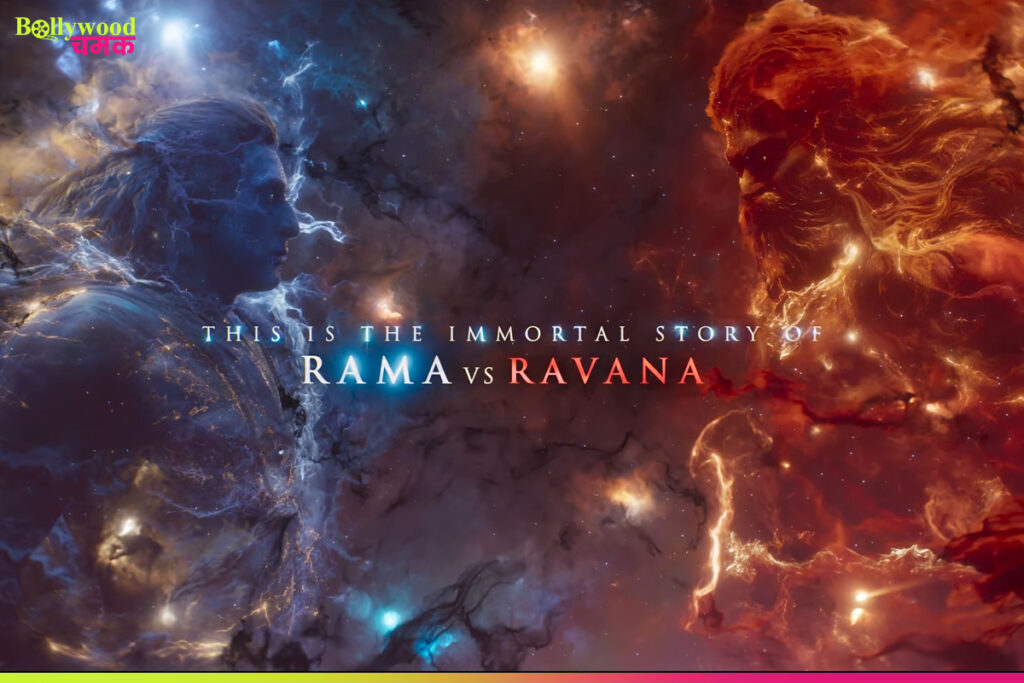When the teaser for “Ramayana: The Introduction” dropped on July 3, 2025, it didn’t feel like just another movie promotion. It felt like a moment—a powerful cultural reset. In just under a minute and a half, filmmaker Namit Malhotra, along with director Nitesh Tiwari, reignited a story that has lived in the hearts of billions for centuries. But this time, it’s not just a retelling. It’s a revolution in how Indian mythology is imagined and presented on the global cinematic stage.
From the very first frame, the teaser promises not only a film, but a spiritual and emotional experience that attempts to bridge the ancient with the modern, the divine with the human, and the Indian soul with global cinematic language.
Ramayana: A Vision Years in the Making
Produced by Prime Focus Studios (led by Namit Malhotra), in collaboration with Monster Mind Creations (helmed by superstar Yash), this version of Ramayana isn’t just another adaptation. It’s been conceptualized as a trilogy and touted to be India’s most expensive film to date—reportedly costing over ₹800 crore. The teaser is just the beginning of a multi-year cinematic journey.
With the creative minds of A.R. Rahman and Hans Zimmer coming together for the background score, and Oscar-winning VFX studio DNEG behind the visual effects, it’s clear that this isn’t just a movie. It’s a spectacle that aims to tell India’s oldest epic with the newest tools available to modern filmmaking.

What the Teaser Tells Us Without Saying a Word: Ramayana
The teaser is silent in dialogue but loud in emotion. There’s no spoken word, yet every frame speaks volumes. We see glimpses of divinity and humanity intertwined—a hooded figure walking in the forest, intense eyes filled with resolve, a soaring eagle, and a momentary flash of chaos and fire. These aren’t just visuals; they are emotions carved in light and sound.
We see a hint of Ranbir Kapoor as Lord Ram—stoic, determined, and solemn. Sai Pallavi’s aura as Sita appears serene, spiritual, and strong. The brief shot of Yash as Ravana—powerful, enigmatic, and threatening—sends a chill down the spine. There’s also a blink-and-miss glimpse of Sunny Deol as Lord Hanuman, roaring into battle.
But even more powerful than these visuals is what they represent. This is not a fantasy world disconnected from us. This Ramayana feels real. It feels alive. It feels ours.
Mythology, Now Humanized
One of the most beautiful choices made by the filmmakers is to show these mythological characters not as distant gods, but as deeply human individuals. In that moment when Lord Ram raises his bow or when Ravana’s shadow looms large, we don’t just see mythic grandeur—we feel inner conflict, emotional weight, and personal stakes.
This is a Ramayana where:
- Rama’s divinity doesn’t erase his pain.
- Sita’s strength comes not from magic, but from her inner resilience.
- Ravana isn’t just a villain—he is a complicated man of power, pride, and pathos.
- Hanuman is more than a devotee—he’s a force of nature with loyalty carved into his soul.
This emotional realism is what will likely set the film apart. It allows the audience to connect—not just admire.
Music That Speaks to the Soul
Even in a short teaser, the music leaves a lasting mark. With the divine fusion of A.R. Rahman’s Indian classical genius and Hans Zimmer’s cinematic mastery, the score builds slowly, like a sacred chant rising into a war cry. It starts soft, almost like a breath, and then surges, just as the visuals explode on-screen.
That final crescendo, when all the elements collide—light, fire, sky, and drumbeats—makes the viewer feel not just excited, but deeply moved. This isn’t just background music; it’s emotional storytelling in sonic form.
The Internet Reacts: Goosebumps and Glory
Social media and Reddit lit up moments after the teaser was dropped:
“Goosebumps. Actual goosebumps. This feels like the Lord of the Rings of India.”
“Rama and Ravana both look majestic. The music is next level. Can’t wait for this.”
People didn’t just love the teaser—they felt it. Many compared it to global franchises like Marvel, Dune, and Baahubali, but with a distinctly Indian soul.
Not Just a Film – A Cultural Event
The scale of the teaser launch was staggering. Premieres were held in nine cities across India, and a Times Square digital reveal was part of the global campaign. This tells us one thing: the creators are not just making a movie for Indian audiences—they’re inviting the world to witness a sacred story from India, told with the cinematic weight it has always deserved.

Setting the Stage for an Epic Saga
“Ramayana: The Introduction” is only the beginning. The full feature film—tentatively titled Ramayana: Part One—is slated for a Diwali 2026 release, with its sequel expected in 2027. This teaser serves as a visual prologue to the larger narrative arc. And if the teaser is any indication, the full film will not only be a visual feast but also a spiritual journey.
Why This Matters
In an age dominated by remakes, sequels, and formula films, Ramayana stands as a bold, original project rooted in heritage yet aiming at global relevance. It seeks to do what few Indian films have dared—compete with Hollywood on equal terms, not by imitation, but through authenticity.
It’s about reclaiming the stories that shaped our identity and giving them the grandeur, depth, and visibility they deserve.
Final Thoughts: A Teaser That Stirs the Soul
In just over a minute, Ramayana: The Introduction reminds us of the timeless power of our own stories. It invites us to look back with reverence and forward with hope. It doesn’t just tease a movie—it awakens something deep within: memory, faith, imagination, and pride.
We’ve seen many Ramayanas before. But this one might be the first to truly make us feel it on a global scale.
And if the teaser is any sign, what lies ahead isn’t just cinema.
It’s history in the making.
Also Read: Mahavatar Narsimha Promo: When Adharma Rises, The Divine Roars – A New Era of Mythological Cinema Begins 2025

